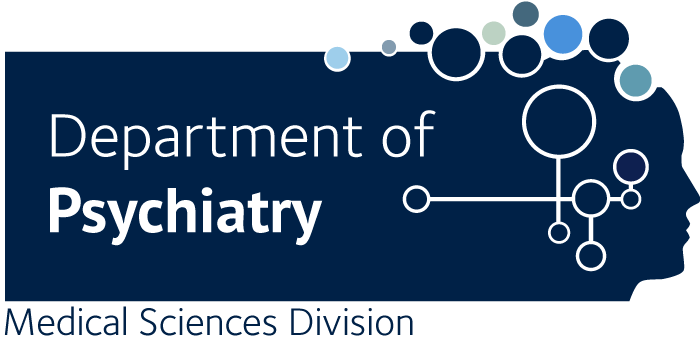A pilot study of visual backward masking performance among affected versus unaffected offspring of parents with bipolar disorder
MacQueen GM., Grof P., Alda M., Marriott M., Young LT., Duffy A.
Background: Cognitive dysfunction is evident in some euthymic patients with established bipolar disorder (BD), including deficits in visual backward masking (VBM) tasks which map to a specific neural pathway. A high-risk paradigm would clarify the temporal relation of cognitive dysfunction to clinical course. Method: We compared euthymic offspring (age range: 18-32 years) of lithium-responsive bipolar parents with and without a previous lifetime history of psychiatric illness to healthy comparison subjects with a negative family history, on a VBM task that requires target location. Results: High-risk offspring with no lifetime psychiatric history performed the VBM task at levels of healthy controls. High-risk offspring with a previous history of a mood disorder, in complete remission, made significantly more errors at short target-mask intervals than control or never ill offspring. These higher error rates were not a consequence of faster response times. Conclusions: There is preliminary evidence of specific cognitive dysfunction early in the course of illness in affected offspring of parents with lithium responsive BD. VBM is ideal for future longitudinal studies addressing whether cognitive dysfunction in BD is a trait marker or a consequence of illness manifestation. © Blackwell Munksgaard, 2004.

